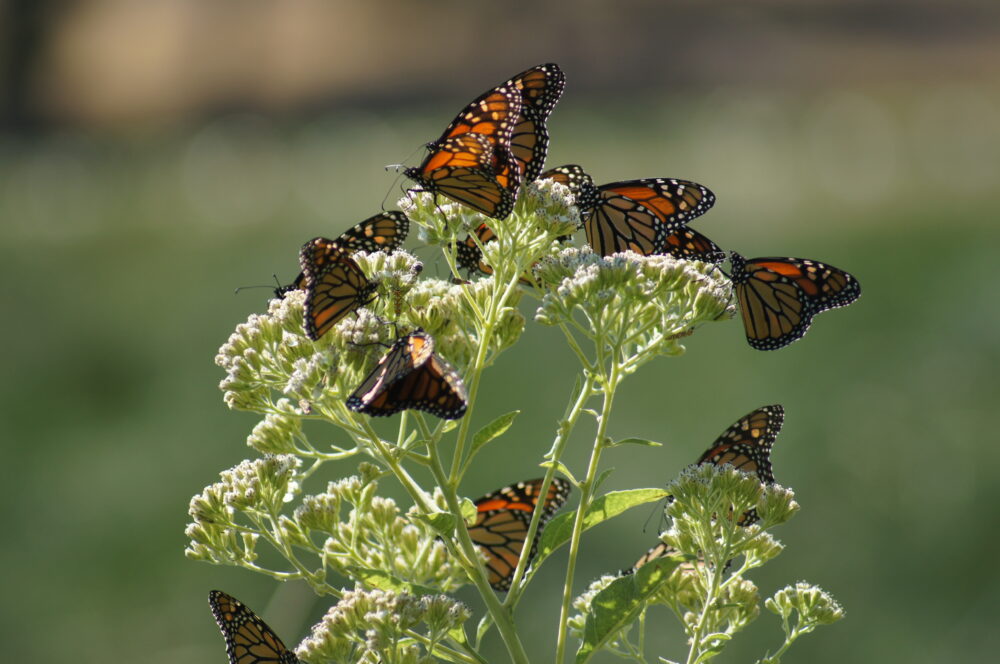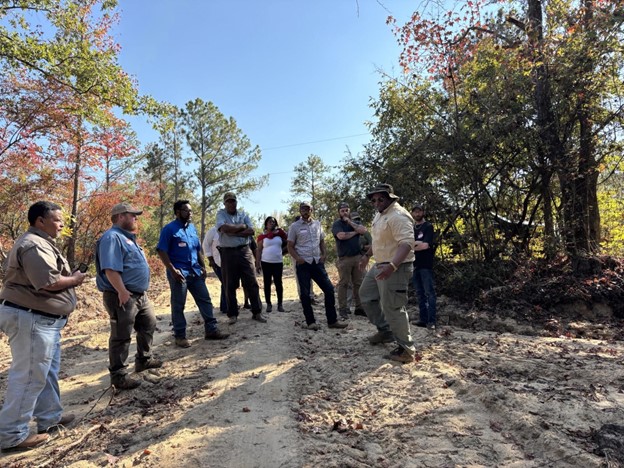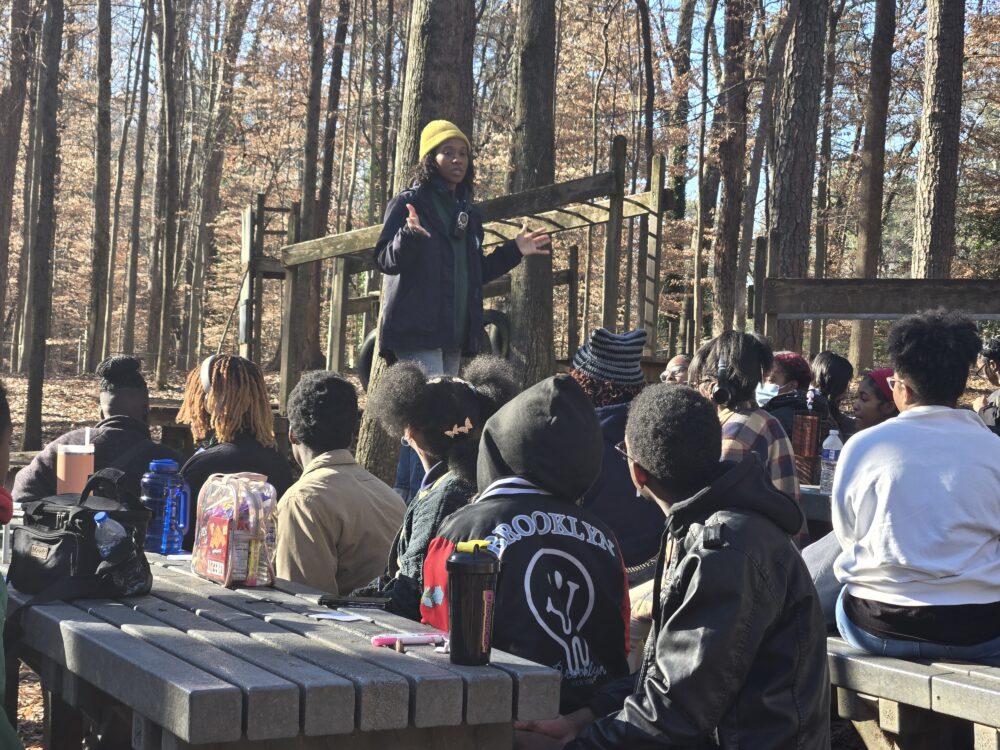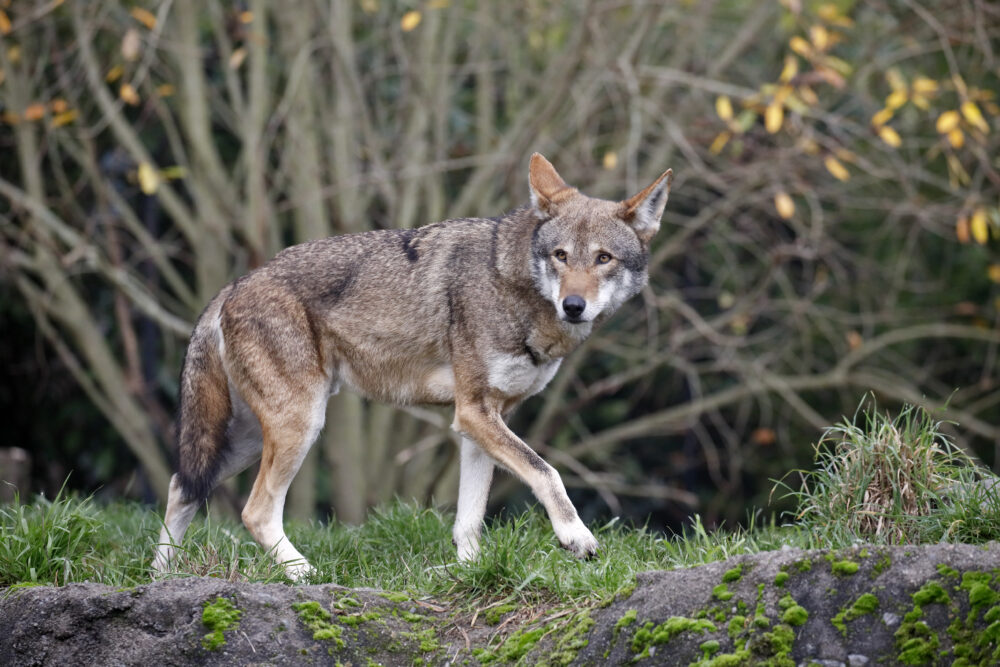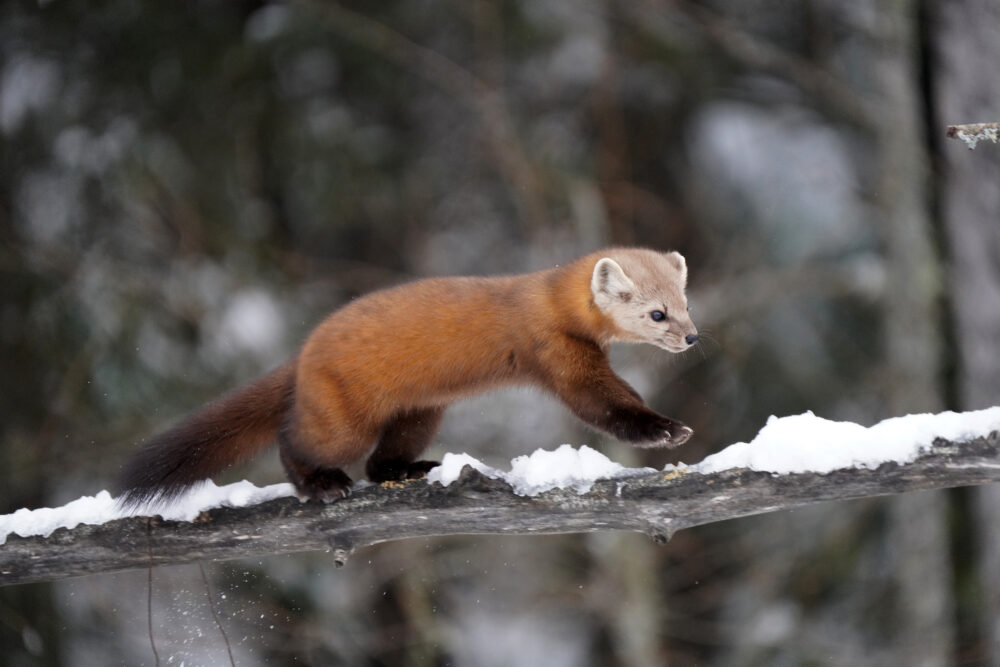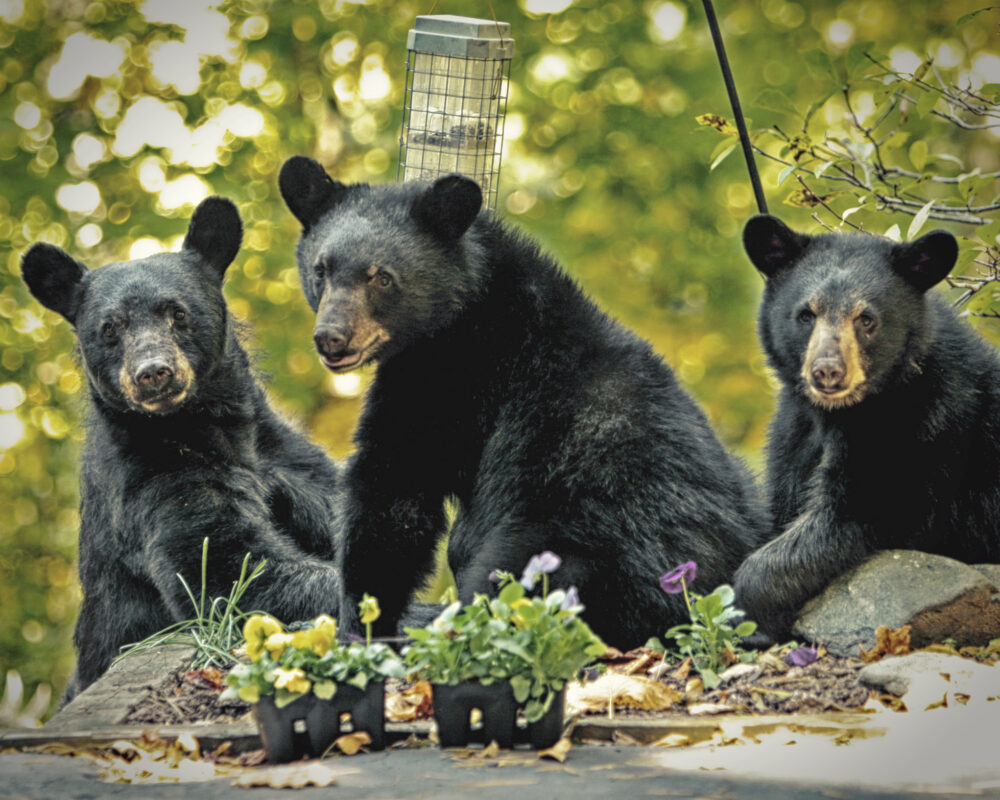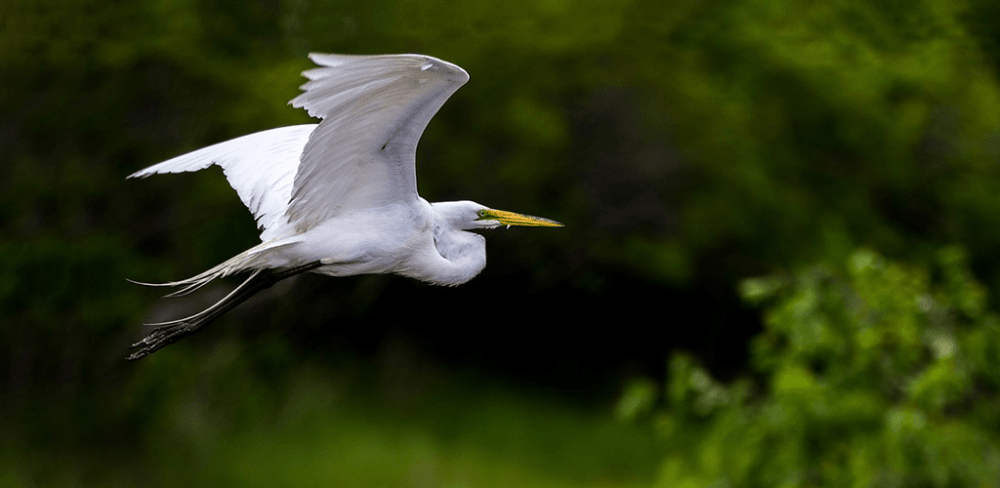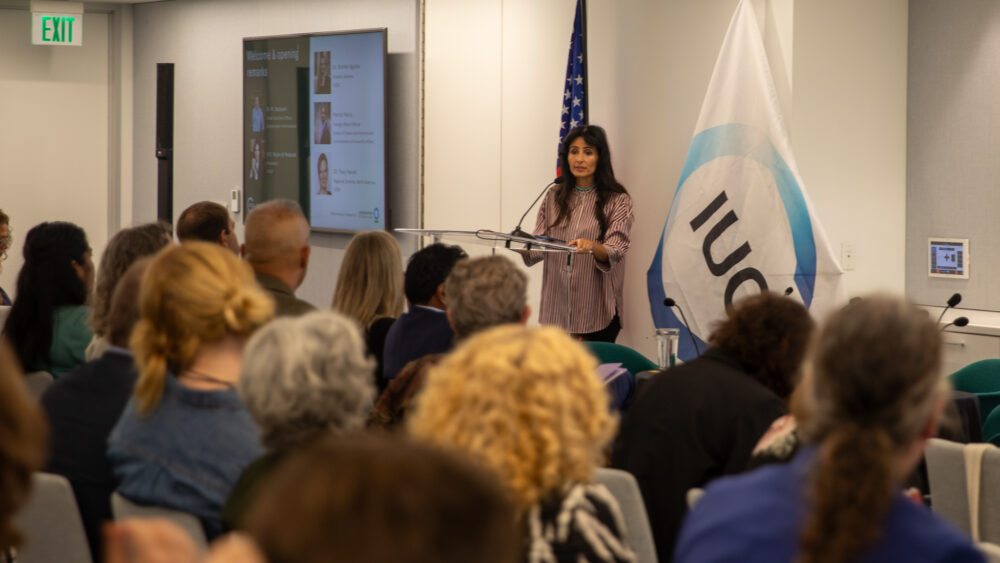We have much more to do and your continued support is needed now more than ever.
Nonnative Plants: Ecological Traps?
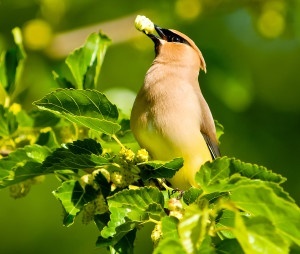
Among them, perhaps my favorite was a white mulberry, Morus alba, a fast-growing tree that is native to northern China. Every spring, this tree—which seemed to double in size each year—would be covered with berries that lured in an amazing assortment of resident and seasonal birds, from chatty mockingbirds and catbirds to colorful Baltimore orioles and scarlet tanagers to large flocks of ravenous cedar waxwings—all in the middle of metropolitan Washington, D.C.
Meanwhile, at my job as senior editor for NWF’s National Wildlife magazine, I began to learn about the benefits to birds and other wildlife of cultivating native rather than nonnative plants as well as the work NWF does to combat invasive species. As my knowledge grew, I stopped planting new exotic species altogether, particularly once I registered my property as an NWF Certified Wildlife Habitat ® site. That prized white mulberry, though, I left in peace. After all, the tree did not appear to be invasive, and many of the birds that were feasting on its berries were migratory species. I was surely helping these birds by providing an abundant and nutritious food during their long, arduous journeys north.
But recently, after working with Virginia writer John Carey on a story just published in the magazine, I’m no longer so sure about that decision. In the article, “Ecological Traps,” Carey describes research conducted by Ohio State University ecologist Amanda Rodewald on the potential effects on northern cardinals of feeding and nesting in nonnative Asian honeysuckle. Over the course of six years, Rodewald and her students meticulously monitored the fates of 888 northern cardinal nests in honeysuckle and other plants in central Ohio, observing each nest at least every few days during the breeding seasons. “It was a ton of work,” says the scientist.
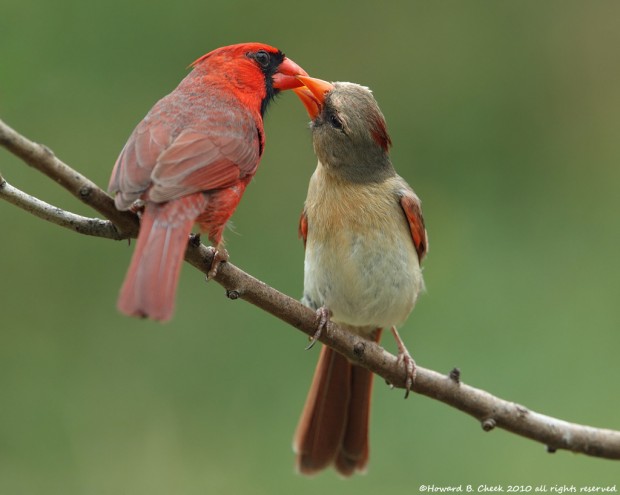
And there was more bad news. As another part of the study, Rodewald’s team collected feathers from 280 male cardinals, then photographed them and used computer software to measure each feather’s shade of red and color intensity. Normally, males with the brightest feathers are the most fit because they’ve competed successfully for foods rich both in nutrients and the pigments that make feathers red. But in urban and suburban areas where cardinals feed in honeysuckle, that connection is lost because the nonnative berries contain abundant pigments but fewer nutrients than do native berries. The result: Nonnative honeysuckle “reduces the value of plumage brightness as a sign of male quality,” Rodewald says.
I wondered: What unexpected effects might nonnative mulberries be having on the cardinals, waxwings and other birds that feed in my yard? Fortunately, white mulberry is a short-lived as well as fast-growing species, so the tree is beginning to die on its own. And these days, whenever I notice a nonnative volunteer sprouting on my property, I quickly pull it up, roots and all.
![]() Find out which plants are native to your region, then learn how to help birds and other wildlife by making your yard a Certified Wildlife Habitat ® site.
Find out which plants are native to your region, then learn how to help birds and other wildlife by making your yard a Certified Wildlife Habitat ® site.


